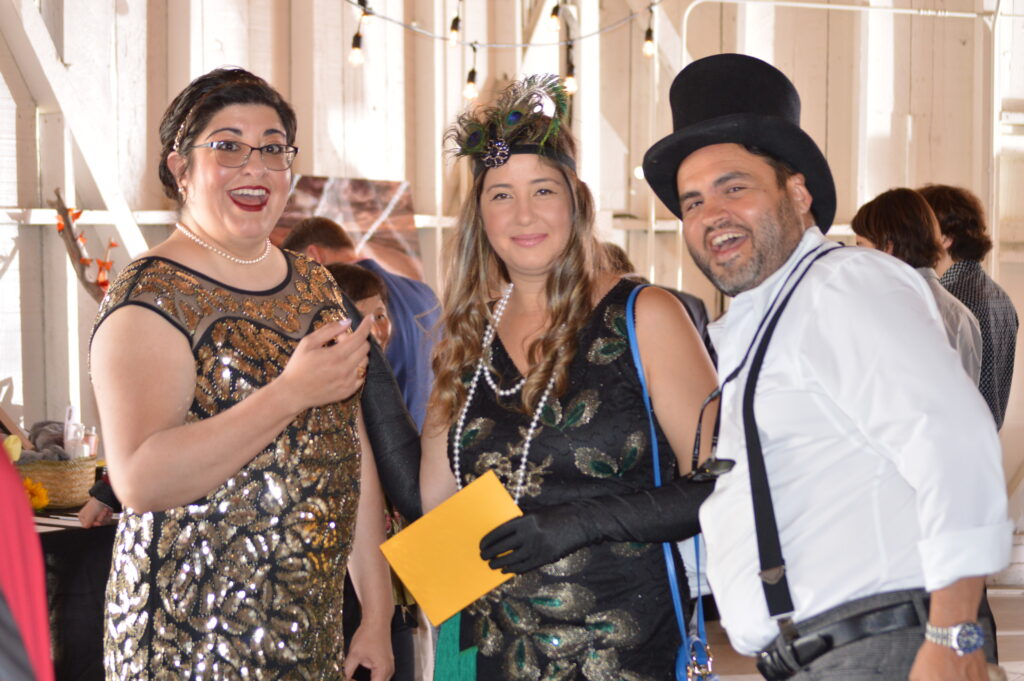
Guadalupe Students visit The Santa Barbara Botanical Garden

The Santa Barbara Botanical Garden is a living museum that contains gardens of several plant communities found in California. For more information about this amazing botanic garden you can visit their website here (the Santa Barbara Botanic Garden). Students participating in the Dunes Center's Afterschool Botany program had the opportunity yo pay the garden a visit. Our group first made its way through the Manzanita Section which was full of fire resistant manzanita species. After a brief relaxing lunch in the nearby Home Demonstration Garden area, our group headed north into the Meadow Section. Here, students learned the important roles that meadows play in storing and filtering water from snow melt. They also learned that meadows host a diverse range of plant and flower species that attract reptiles, birds, and mammals.
Moving onward, we soon found ourselves deep inside the canopy of the Redwood Section, full of towering redwood trees. Students practiced their botanical knowledge by picking out the different features of deciduous and evergreen trees. We also found several ferns growing in this area, a type of non-flowering plant that needs a moist climate in order to reproduce. We crossed the old Mission Damn into the Canyon Section - a rugged riparian zone full of western sycamores, big-leaf maples, and California bay-laurels. The canyon section was the most recognizable area for our group.
Exiting the canyon section, we caught a glimpse of the serene Japanese tea house garden and a few people peacefully sipping tea within the structure. We finished our visit to the gardens by taking a stroll through the Desert Section. A far cry from the redwoods we saw earlier, this section really drove home just how diverse plant communities are in California. Students instantly recognized the leaf structure of these plants with words like "succulent" and "cactus."
We ended up learning a lot on our field trip and we only saw a small percentage of the entire garden. Kids know a lot about plants just from seeing them every day throughout their lives. Drawing connections to their personal experiences with plants can really get kids interested in plant sciences. From there, they can delve into more complicated fields like agriculture, field botany or botanical sciences in a laboratory setting. The effect is even stronger when students are able to see the differences right before their eyes.
What do you think? Let us know in the comments section below!
Upcoming Events
Nipomo, 93444 United States
Newsletter
Our newsletter keeps you up to date with the latest information about our exhibits, upcoming events, and programs.


